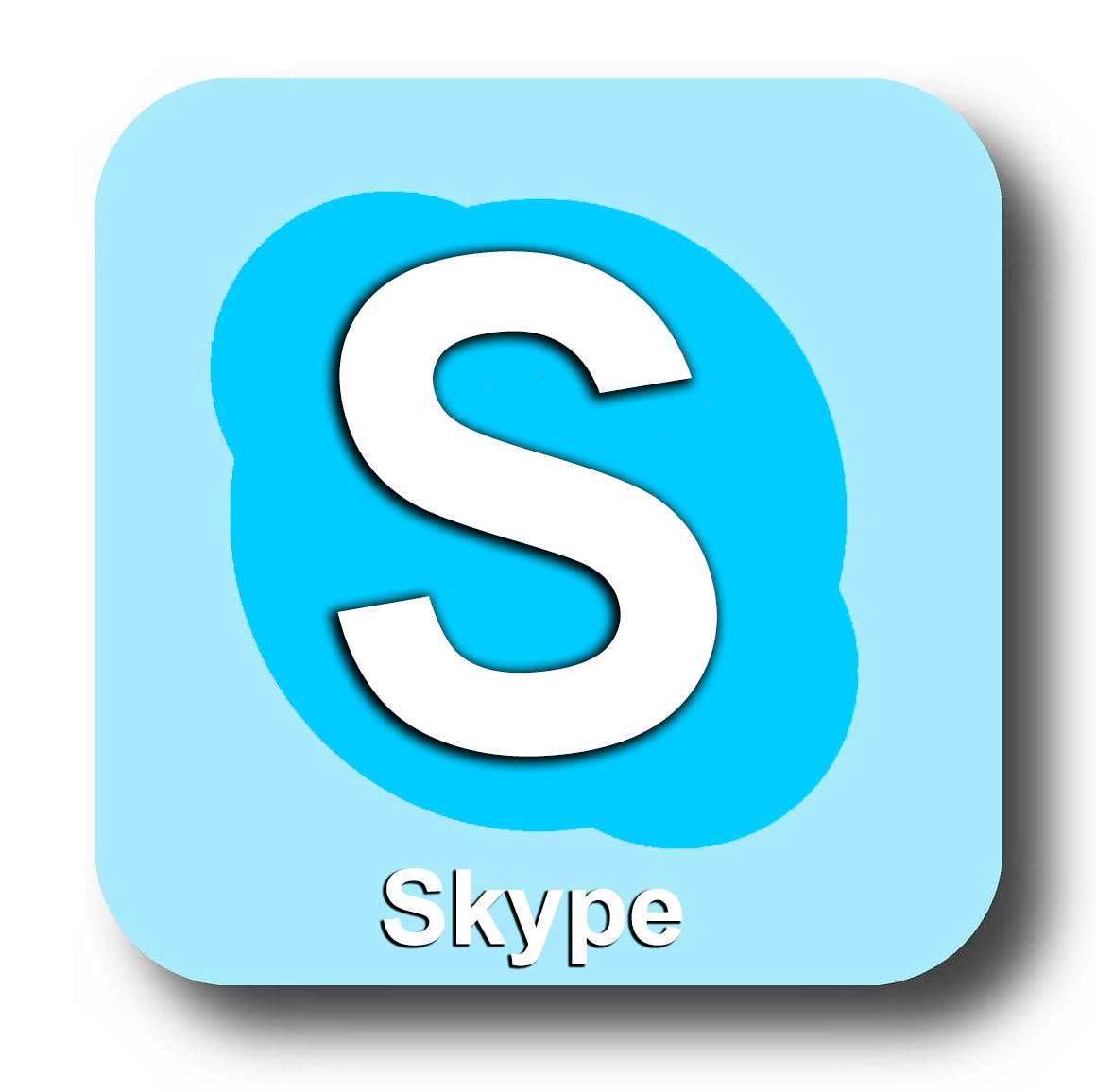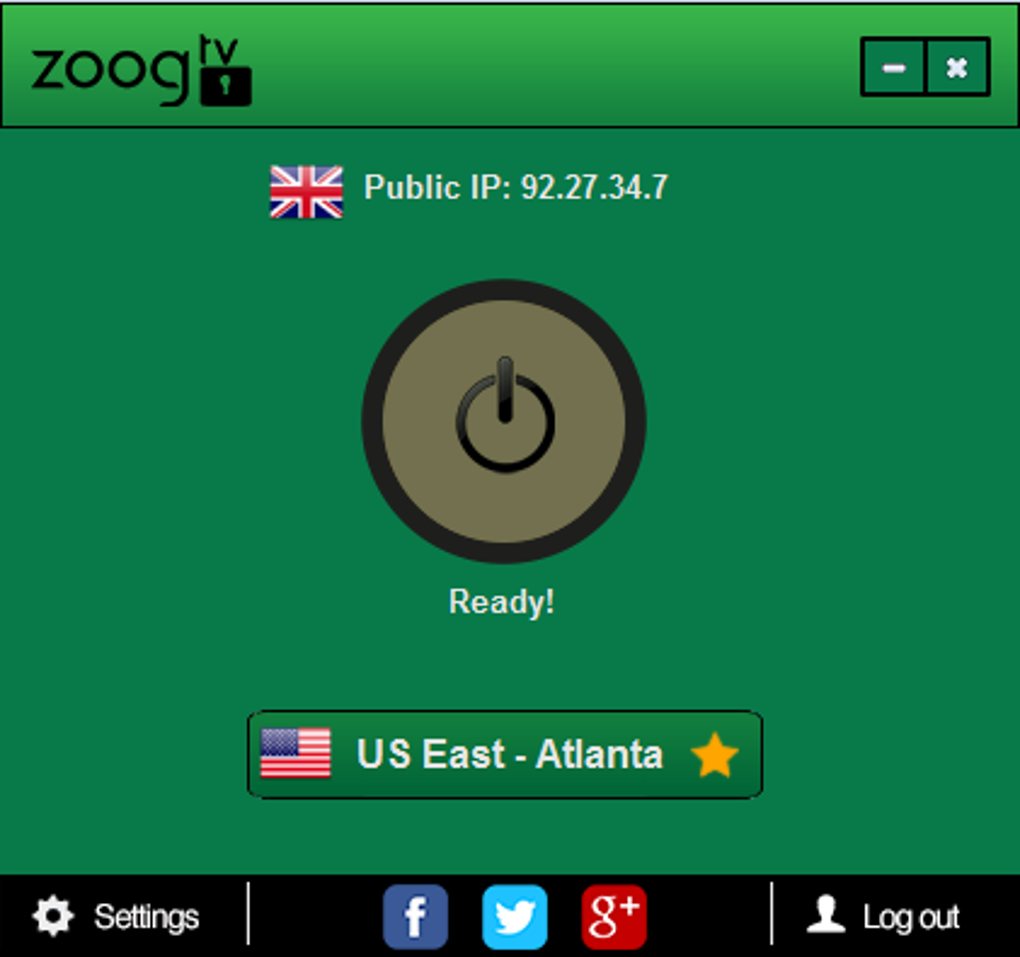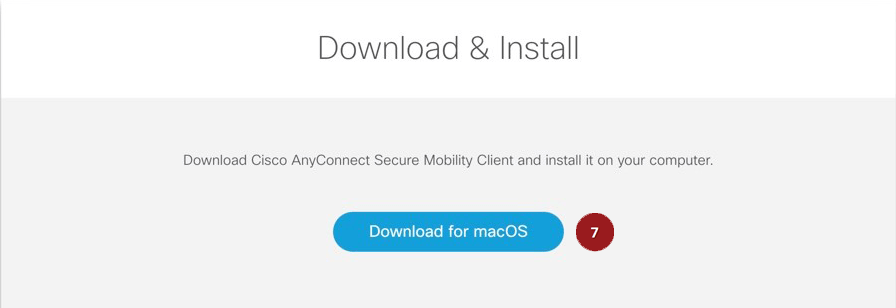

VPN, CISCO AnyConnect, Installing Cisco AnyConnect VPN for Mac OS X This page contains links to download and installation instructions for VPN software for Mac OS X University of Illinois students, faculty, and staff can use these directions to set up their Mac OS X computers or devices to connect to the Virtual Private Network (VPN). The icon for the vpn client is in the menu bar in the upper right and in the dock at the bottom of the screen. To run the AnyConnect client in the future, look for the Cisco AnyConnect Secure Mobility Client icon in Launchpad or your Applications folder. IntelliShield has updated this alert to notify customers on the availability of software updates to address the Cisco AnyConnect Secure Mobility Client for Linux and Mac OS X privilege escalation vulnerability. The 4.6.02074 version of Cisco AnyConnect Secure Mobility Client for Mac is provided as a free download on our website. The most popular versions of Cisco AnyConnect Secure Mobility Client for Mac are 3.1 and 3.0.

MacOS provides native support for connecting to the IT Services Cisco-based VPN service. Please note that IT Services support the current and two previous versions of macOS only; for details of supported versions please refer to the Apple Mac Support page.
This document contains instructions on how to configure the native VPN client that comes with macOS. In order to use the VPN service you will also need to have the necessary Remote Access Services username and passwords - for details see the main IT Services VPN Service page.
- The 4.10.01075 version of Cisco AnyConnect Secure Mobility Client for Mac is provided as a free download on our website. The most popular versions of Cisco AnyConnect Secure Mobility Client for Mac are 3.1 and 3.0. Cisco AnyConnect Secure Mobility Client for Mac lies within System Tools, more precisely Remote Computing.
- These cookies are necessary for the website to function and cannot be switched off in our systems. They are usually only set in response to actions made by you which amount to a request for services, such as setting your privacy preferences, logging in or filling in forms.
Please make sure that you have read the introduction and general requirements, which apply to all VPN clients, before attempting to configure your computer or mobile device to connect to the VPN.
Cisco Anyconnect Download For Mac 4 8
Download Cisco VPN Client 4.9.01.0180 for Mac. Fast downloads of the latest free software!
1. Requirements
There are a number of requirements necessary in order to use the VPN service on Apple Macintoshes; these are detailed below.
- Your computer must be running a supported version of macOS (see Apple Mac Support page for details).
- You computer must already have a connection to the Internet (e.g. via NTL, Compuserve, broadband, ADSL, etc., etc.)
- You must have a Remote Access Services account.
- You must be able to log on as an Administrator of your Mac.
2. Obtaining the prerequisite information for configuring the inbuilt VPN client
As part of the process of configuring the inbuilt VPN client you will need to supply some group configuration information. Members of Oxford University can download a file containing this information from the IT Services Self-Registration Software Registration and Downloads web page. Once on this page select VPN client from the list. On the next page that appears select VPN shared credentials. A window containing the information should now pop up on your desktop. Make a note of the IPSec secret as you will need this information later on (it will be referred to as the shared secret) and then close the window using the close window link.
You have now obtained the information that you need from the Self-registration web pages.

3. Configuring and using the inbuilt VPN client
To use the macOS inbuilt support for Cisco VPN you will first need to open [System Preferences], which you can do from the dock, the [Apple] menu or by finding it in the Applications folder.
From the [System Preferences] window click the Network icon to bring up the Network window.
Click the + at the bottom of the left hand pane to bring up a dialogue window to add a new network interface. Within the dialogue window make the follow changes:
- set the
Interfacedrop down menu toVPN - set the
VPN typedrop down menu toCisco IP Sec - change the
Service Namefield to something that is meaningful to you, egVPN (OUCS)
Finally, click the Create to add the new interface. This will return you to the Network window with the newly added interface ready to configure. To configure the interface make the following changes:
- set the
Server Addressfield tovpn.ox.ac.uk - set the
Account nameandPasswordfields to your remote access account name and password
Next click the Authentication Settings.. button to bring up another dialogue window which requires the following information:
- click the
Shared secretradio button and fill in the text field using the information that you obtained earlier - set the
Group Namefield tooxford
Click the OK button to return to the Network window. If you are likely to use the VPN client regularly you may want to include the status of the VPN connection in your menu bar. If you do want to do this you must tick the check box labelled Show VPN status in menu bar.
Finally, click the Apply button to complete the configuration for this new VPN interface. The new interface should now appear in the left hand pane indicated by a locked padlock icon. Note that the status of the interface will show as Not connected.
To make a connection to the VPN service simply click the Connect found on the Network window. (This can be found underneath the Authentication Settings.. button.) Once the connection has been established the Network window will show that the status of the VPN interface has changed to Connected and it will display the connect time and the IP address.
4. Connecting to the IT Services VPN service using the inbuilt VPN client
Once you have configured a network interface on your Mac to connect to the IT Services VPN service you can make a VPN connection whenever you need to. To connect via the inbuilt client:
- Open
[System Preferences] - Click the
Networkicon to switch to the Network window - Select the VPN connection you configured previously (in this example called
VPN (OUCS)) in the left hand pane - Click the
Connectbutton (found underneath theAuthentication Settings..button)
Do remember to disconnect from the VPN service once you no longer need it by clicking the Disconnect button within the Network window.
Alternatively, if you chose to include the status of the VPN connection in your menu bar by ticking the box labelled Show VPN status in menu bar during the configuration process you can connect and disconnect using the VPN icon in the top menu bar. Look for the VPN icon in the top menu bar and click the icon to bring up the drop down menu.
Simply choose the [Connect] option from this menu to make a VPN connection. You can also use this menu to disconnect your session once you no longer need it.
5. Further Information
For information on firewalls and IP address allocations refer to the IT Services VPN Service technical details page.
If you have problems with the inbuilt client you may be advised to use the Cisco AnyConnect Client. Instructions are available from the Configuring the AnyConnect Client on Mac OS X Systems page.
What if I am having problems with the automatic installation?
1. Open a web browser and go to https://anyc.vpn.gatech.edu. This will redirect you to a login page similar to this one:
2. Enter your username and password (same as you use for Buzzport, Techworks, etc)
Supervpn Free Vpn Client Free Download
3. Your next screen will be our welcome banner. Click 'Continue'

Cisco Anyconnect Mac Os X
4. At this point one of two things will happen. The Java install will work, or it will fail. If the java install fails, click here for instructions on how to continue installing manually.
5. If the java install continues, you may be prompted to allow the vpn access to your computer. Click 'Allow' to continue the installation.
Cisco Anyconnect Client For Mac
6. Enter your username and password for the Mac itself and click 'OK'
7. The following screen will appear as the client is installed.
8. When the installation is complete, a screen similar to this will appear.
Cisco Anyconnect 4.10.01075 Download
Download Anyconnect Client Mac
9. You may close your browser. The icon for the vpn client is in the menu bar in the upper right and in the dock at the bottom of the screen.
Anyconnect Vpn Client Software Download
10. To run the AnyConnect client in the future, look for the Cisco AnyConnect Secure Mobility Client icon in Launchpad or your Applications folder: Vmware client for mac quit unexpectedly.
11. Once you open the AnyConnect Secure Mobility Client, login with your username and password:
12. Once you connect, the AnyConnect window will minimize. To restore the window, you can click the icon at the top of the screen and 'Show AnyConnect Window'
Cisco Vpn Client Free Download
13. To view current connection information, you can select 'Show Statistics Window' or click on the graph icon on the AnyConnect window.
Cisco Anyconnect Vpn Client Free Download
See Full List On It.umn.edu
14. To disconnect the client, click on 'Disconnect'